
BOOK A FREE STRATEGY SESSION TODAY | CLICK HERE
Questions?
Questions?
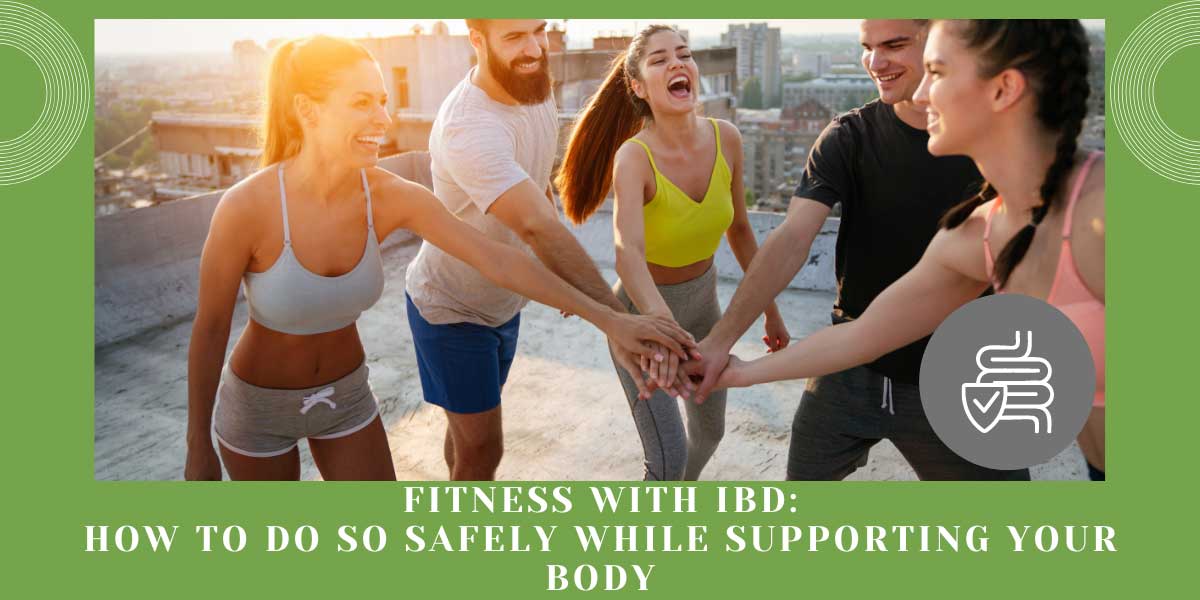
Are you interested in working out, but don’t know how to without creating an inflammatory response? Let us at Crohn’s & Colitis Lifestyle offer our tips on fitness & IBD!
We asked Chris (Dane and Pearl’s Personal Trainer) to give us his insights for the blog!
Chris served in the marine core and studied USC bio-kinesiology. He has been in the field for 11 years. Personal training, post-rehabilitation, and group training. CSCS and CES-licensed nutrition.
Here is a little more about what he does:
In short for its health benefits. The more muscle mass you have the easier it’s gonna be to adjust your insulin in the body, blood pressure, and assimilate nutrition.
The muscle in the body doesn’t require as much energy, so then the body can focus on regulating nutrition.
The better in shape you are your body can break down things that people who carry more body fat can’t. Exercise creates more red blood cells when we are more active to then deliver our nutrients into the body. When this happens it can potentially help a healing response with IBD.
Also, movement is key to good health in general. Stagnancy creates disease as some physicians have said. This is because the body was meant to move. So any movement even if slow and light can help the body in many ways.
We’re actually stimulating our central nervous system when we are lifting or exercising. And the heavier the lift the bigger response is in the body, which causes inflammation and cortisol to shoot up. So using the right exercises the right way is crucial with IBD.
Exercise also triggers the fight and flight response, so what we have to do is transition to a parasympathetic state before, during, and after workouts to lower inflammatory responses, especially with IBD patients. How can one do that? Yin Yoga is a great option! Or take a breath! Both are explained int he next two paragraphs.
If you have not heard of this it’s a practice to relax the body. Learn more about it here!
“Yin yoga is a quiet contemplative practice. Yin yoga works deeply into our bodies with passive, longer-held poses. It targets the deepest tissues of the body, our connective tissues – ligaments, joints, bones, the deep fascia networks of the body, and the meridians. This is in contrast to a Yang yoga practice such as Vinyasa yoga which targets the muscles.”
If you push too hard during exercise, try this right after. Or make it a part of your routine to include this before, during, or after your sweat to calm the body down.
The most important thing is to breathe throughout the workouts and then after as well. Sit down and do belly breathing to help the body recover and lessen any negative inflammation.
If you feel lightheaded, low energy, energy suddenly drops, and get pale-these are signs to stop. They usually occur because one didn’t eat before a workout, but can occur if you push too hard, electrolytes are low, or many other factors.
These are all signs that the blood sugar or blood pressure is dropping. If you feel this eat something with sugar, (like fruit) so for IBD patients this would be a gut-friendly food choice like a banana or blueberry. In contrast to what some believe-you need to eat before working out!
Chris recommends 2ce a week in the beginning 20-30mins and building up to 50mins and staying there 3 times a week. So slowly titrate up. Tune into your body and work at your pace!
Whatever time works for you what matters most is consistency. That’s the best time to work out. Put it in your planner and don’t move it.
Before a workout eat something with short-chain carbs, preferably sugar as this can hit your blood quicker 30-40 mins before a workout. After a workout eat more protein-based meals within the hour so you don’t overindulge.
Exercise can actually help with arthritis and if you don’t have arthritis exercise helps with prevention.
How this works, is similar to the analogy of our bodies to a car. We have fluid in our joints like oil in a car. With arthritis, we aren’t as active or have a big range of motion, so the lubricate (fluids in the joints) can’t wrap around the joint. This is how it absorbs nutrients. So without movement, this process is stunted.
Lifting helps give resistance to the bones to add mobility.
Calcium deposits can also happen (when not working out.) Calcium builds up and then our muscles are also tight which can cause pain. Movement once again helps breaks down the deposits!

Here is our CCL member Danny who is also a fitness goru and trainer demonstrating some simple easy exercises below! Also if you are interested in chatting with him about training online go to this page!
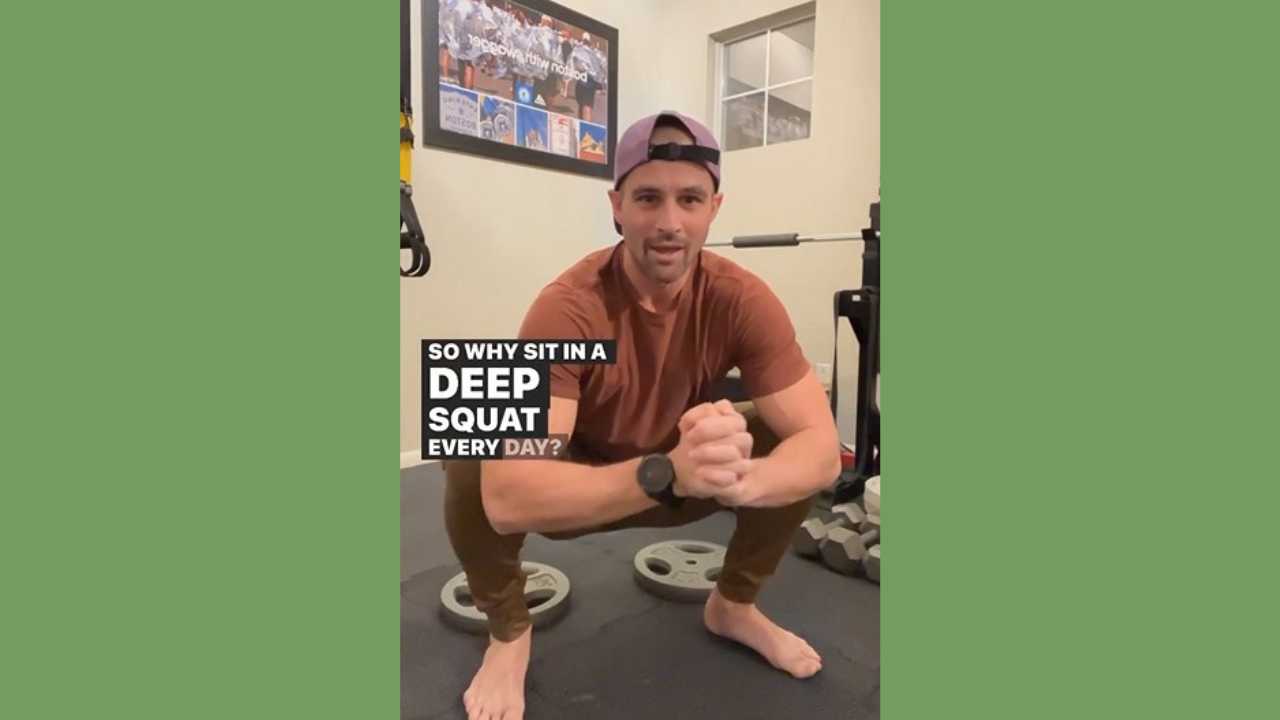
Here is our CCL member Danny who is also a fitness goru and trainer demonstrating some simple easy exercises:
#1 The squat
This is also great for constipation or to relieve anal pressure from IBD.
#2 Mobility Stretch
This stretches our spine and our gut! If you are constipated or have diarrhea this light stretch and movement may help with that discomfort just to have movement in the abdomen.
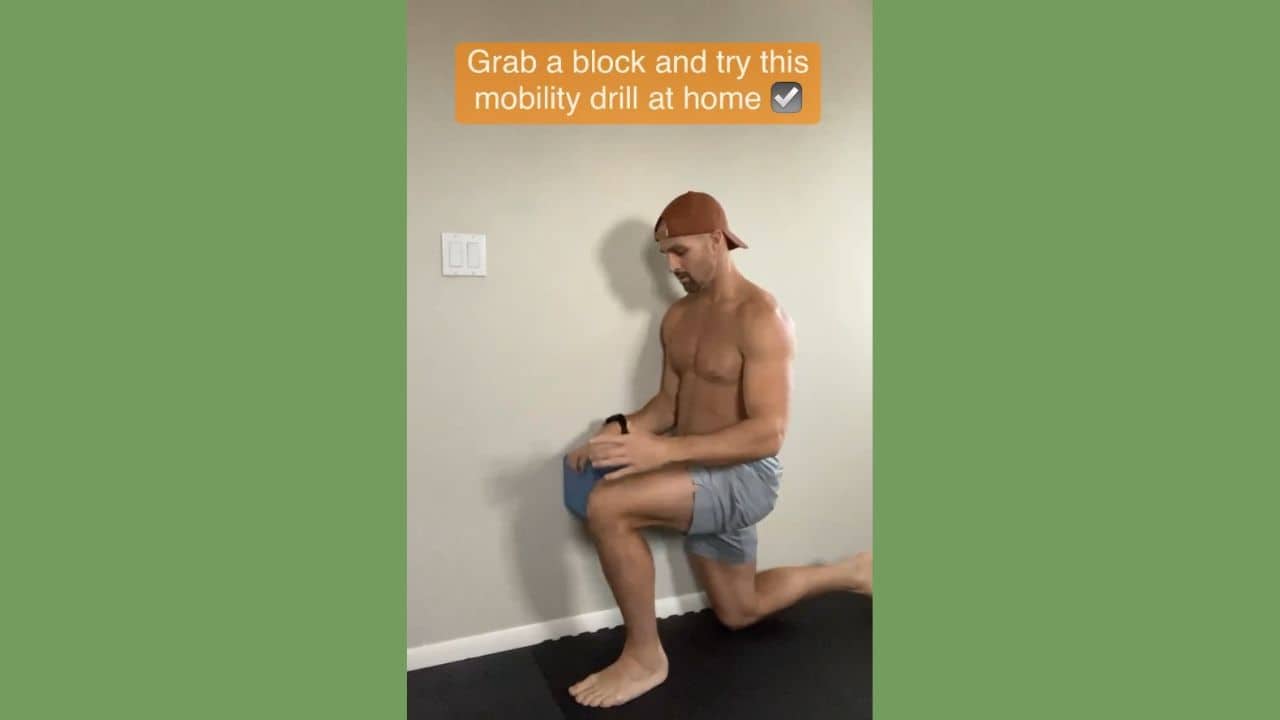
#3 Neck CAR’s
We all use our necks so much! So this can be a daily stretch! Also, keep in mind the vagus nerve begins at the base of the skull which connects and has a direct influence on our guts! So keeping your neck nice and fluid, can assist with gut malfunction.
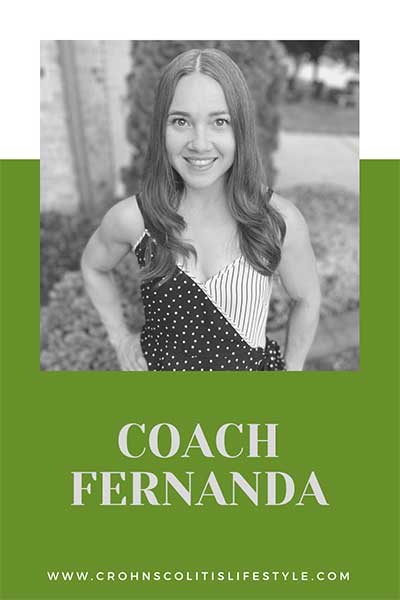
Fernanda is a coach at CCL and a fabulous fitness gal! She overcame IBD with the help of the SHIELD program. Here are her insights from her personal experience with fitness:
“It is very important to be very aware of your body when exercising, making sure you are not creating inflammatory responses and making things worse.
Exercise depends on your current healing response.
When having inflammation and or reactions, focus on simple and relaxing things.
Examples:
The idea here is to bring the body back to balance, support detoxification and a state of relaxation, activating the parasympathetic state.
As the healing response improves, we can start doing more things, but always listening to our bodies. If we need to stop or wait longer, that is ok.
Further Suggestions:
It is good to start including some time for resistance training. Resistance training is good to build muscle and focus on intentional breathing during sets.
This can be done with bands, light dumbbells/weights (according to the individual capability), and/or assisted weight machines.
Incorporating Zone 2 cardio for 15-30 min a day is also a good option. This is a cardio where you can still keep a conversation.
If the person did not have a good night’s sleep, had a stressful day, or just does not feel well rested, it is better to change the exercise to something light and relaxing like yoga, walking, etc.
The most important part of fitness is doing something that you really enjoy and can keep on doing for a longer time.
Some people like dancing, or swimming or playing a sport… in those cases I recommend sticking to something that brings you joy.
High-intensity interval training should not be done during the healing journey, as it can create stress and cause inflammatory reactions.
Also, there are several studies that associate HIIT training with the weakening of the mucosal lining.
As one heals, if they want to introduce HIIT training, this should be done very carefully, starting with just once a week and giving the body proper recovery after that.
Other suggestions:
-Fernanda
In this section, we provide you with simple takeaway tips and a quick reference guide from us so that you can implement this in your daily health regimen!

*A quick tip:
Go slow when introducing any new workouts, and reflect on your body’s response.
Enter your email below to be added to our Crohn’s and Colitis community newsletter! Here you will receive support from fellow members as well as discounts on ALL supplements!
All of this at no cost, no risk, and no sign-up fee! We are here for you! Join our team now and get 10% off Biocidin just for adding your email! Click here to enter your email
P.S. If you sign up for our newsletter you can receive a 10% discount code for EVERY order!
Before using any of the products or trying any of the treatments mentioned please consult with your doctor, as this is not medical advice and should not be used without medical supervision.

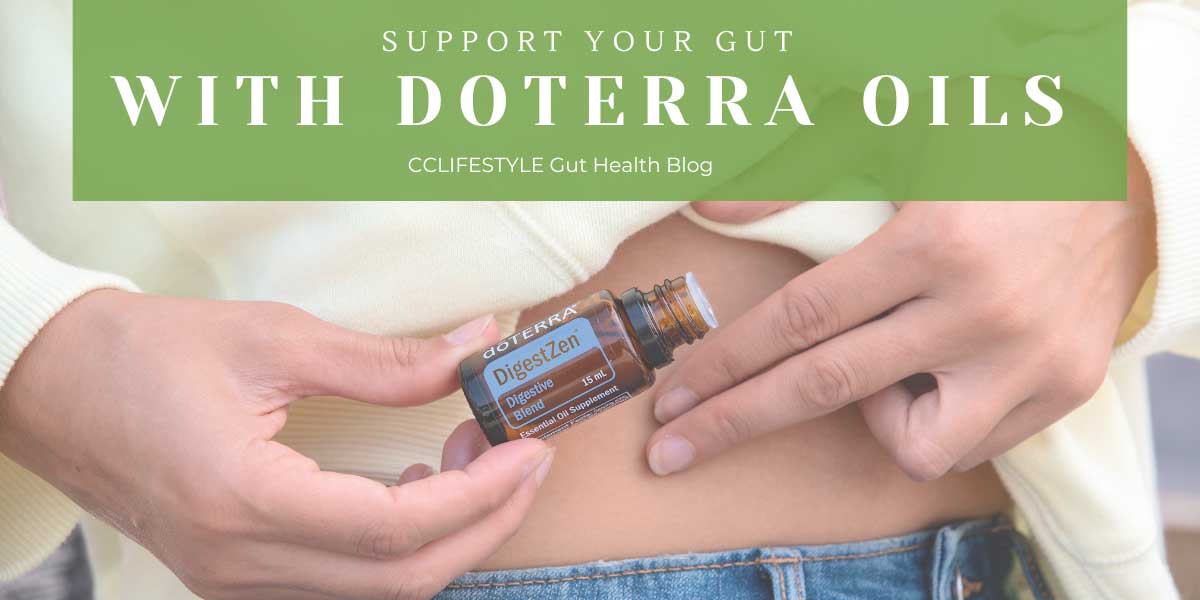
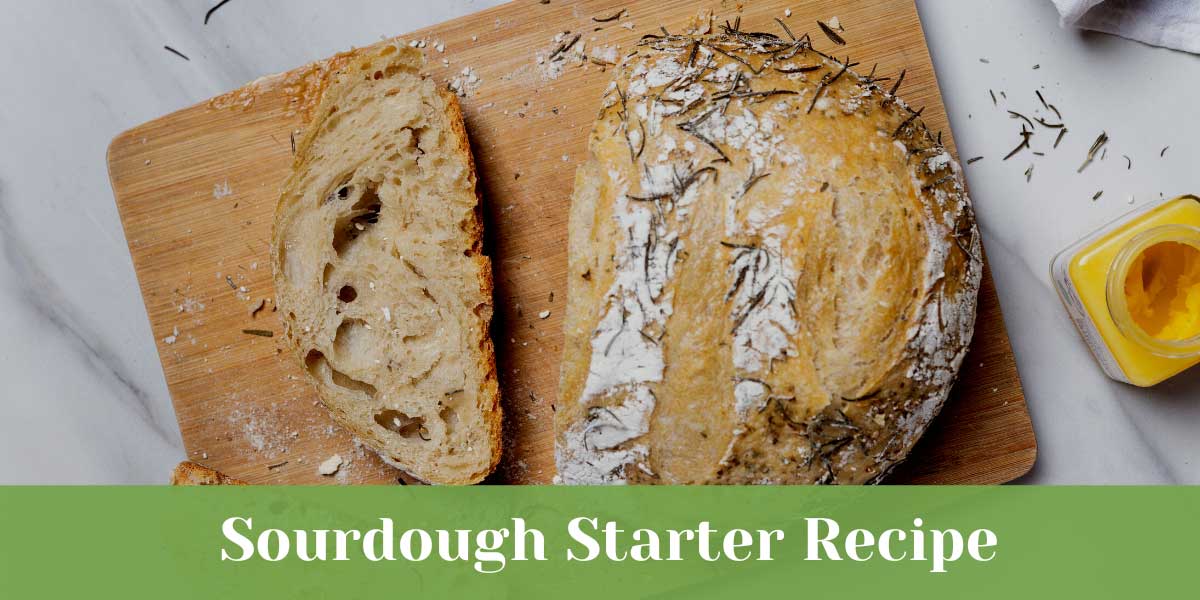


Do you struggle with toxicity? Or need to shift the microbiome? In this post, we want to discuss Wild Oil of Oregano and the benefits it offers for the body. Let us at Crohn’s & Colitis Lifestyle share all we know with you on WOO.

When it comes to maintaining good gut health, many individuals turn to natural remedies for support. One such option that has gained significant popularity is the use of doTERRA essential oils. With their powerful properties and potential benefits, doTERRA oils have become a go-to choice for individuals seeking relief from gut-related conditions like Crohn’s disease and colitis.

In this blog, we want to offer you a creative way to “spice up” your gut-friendly recipe toolkit! This is a smooth, tummy-friendly recipe that can be catered to your diet specifications.